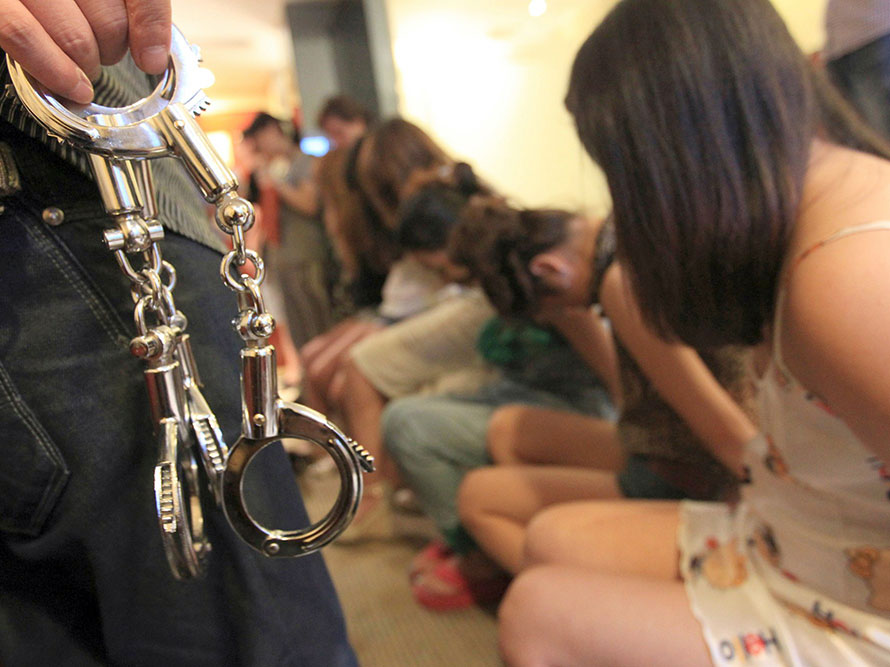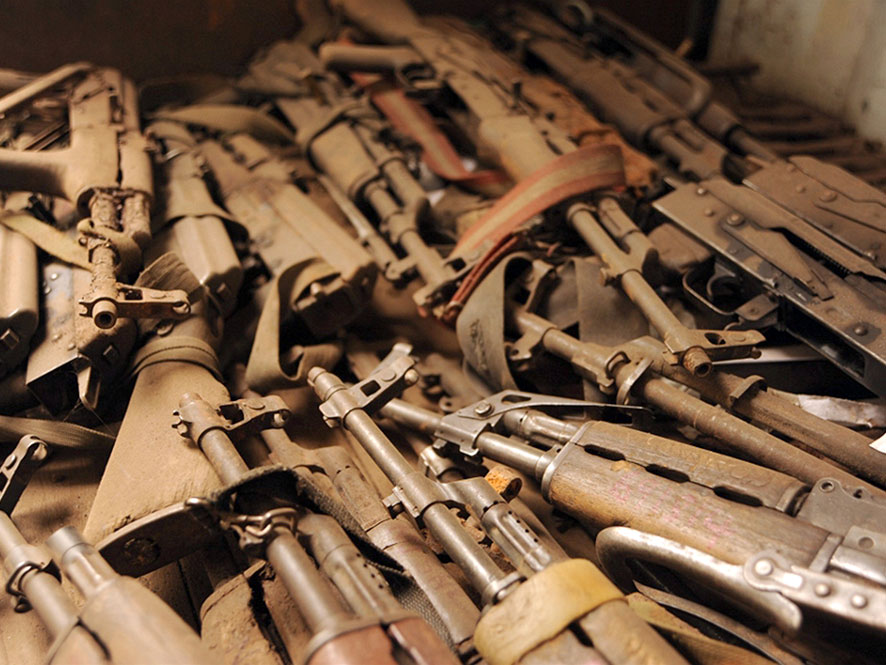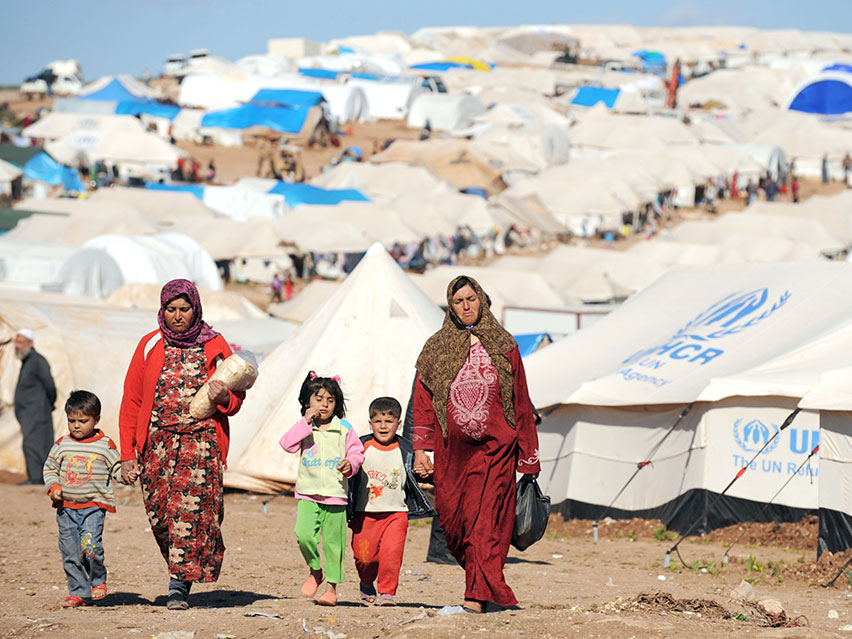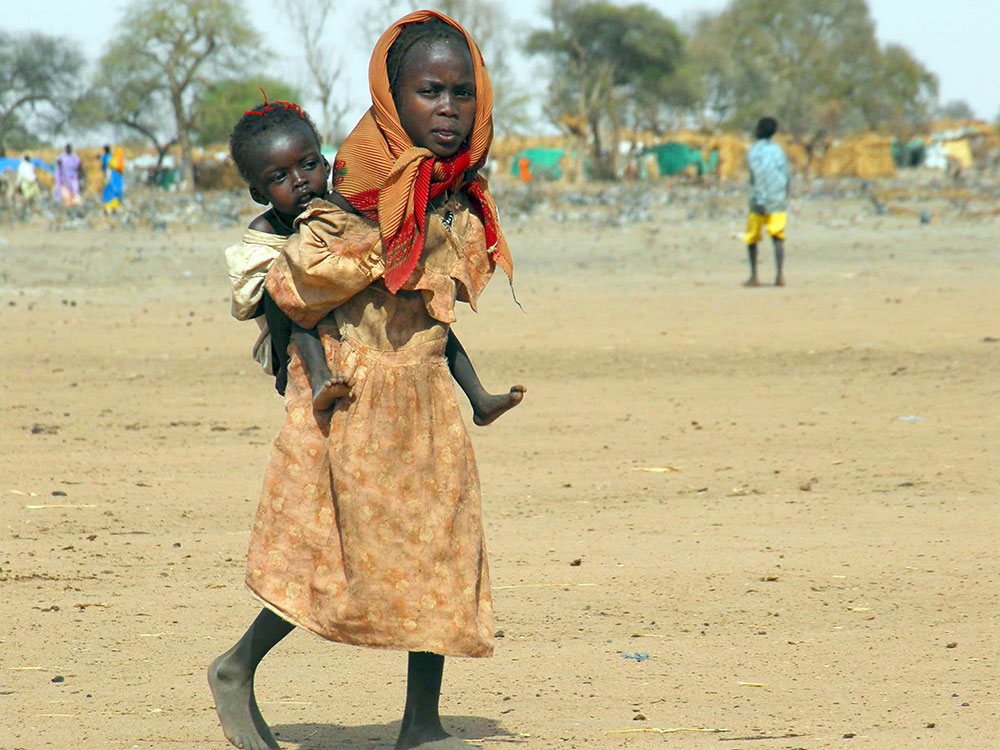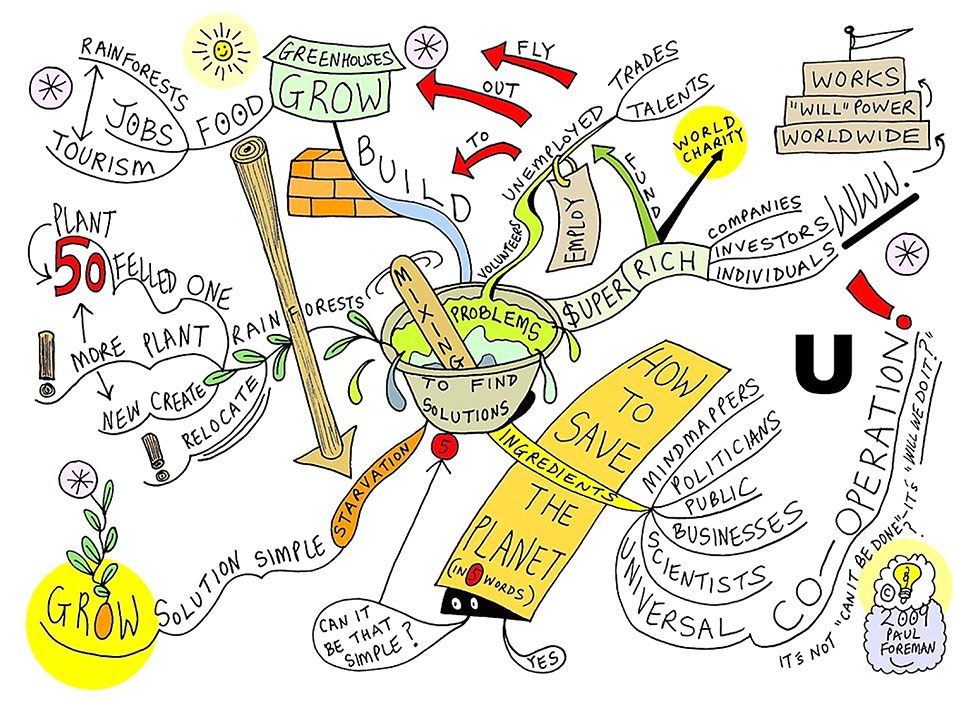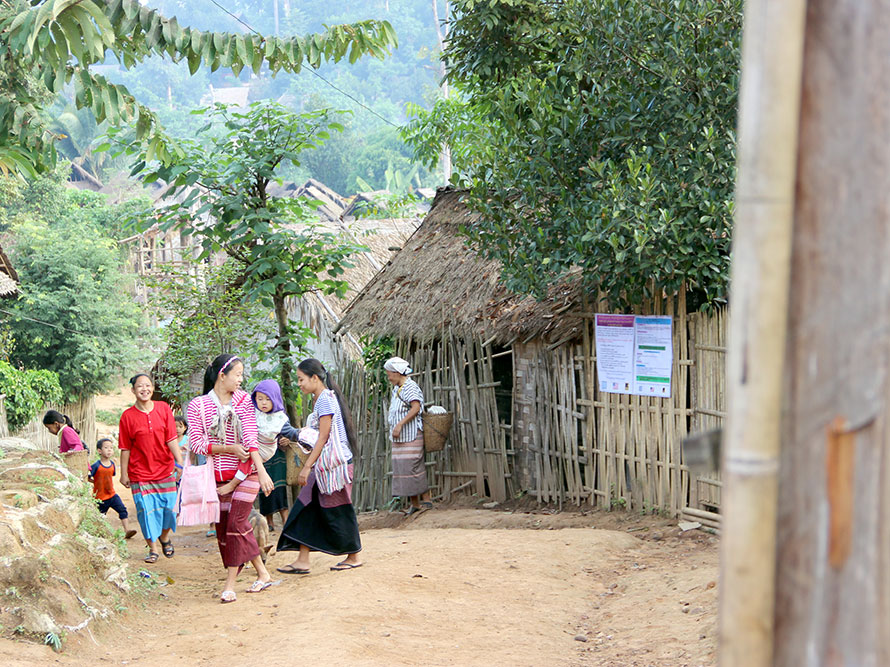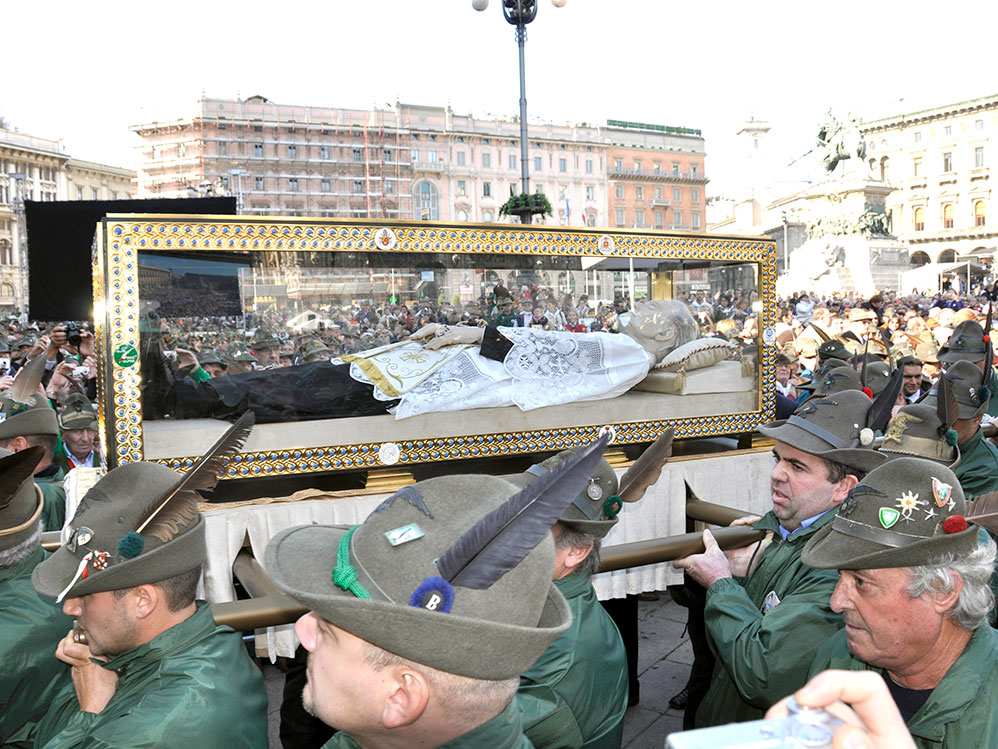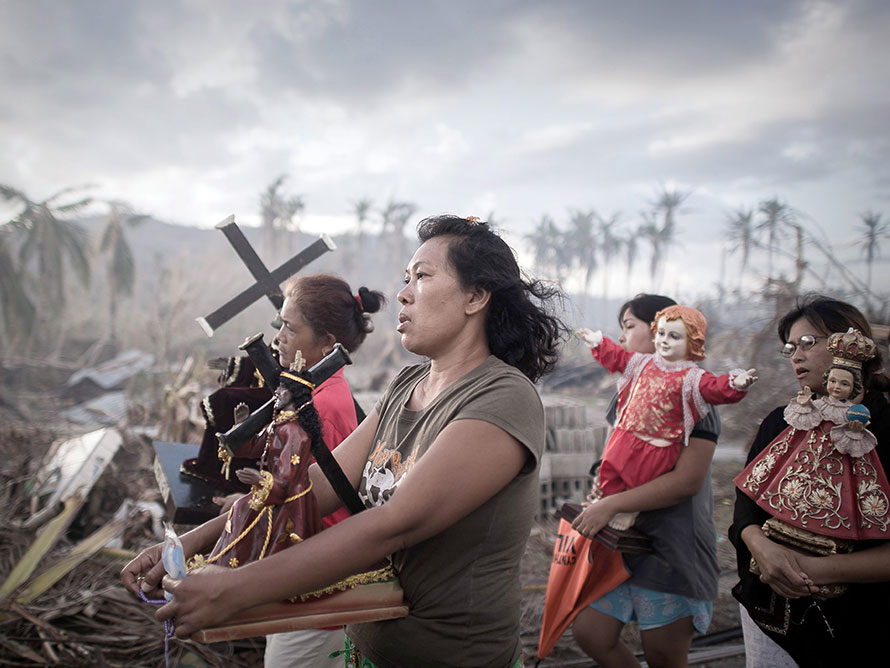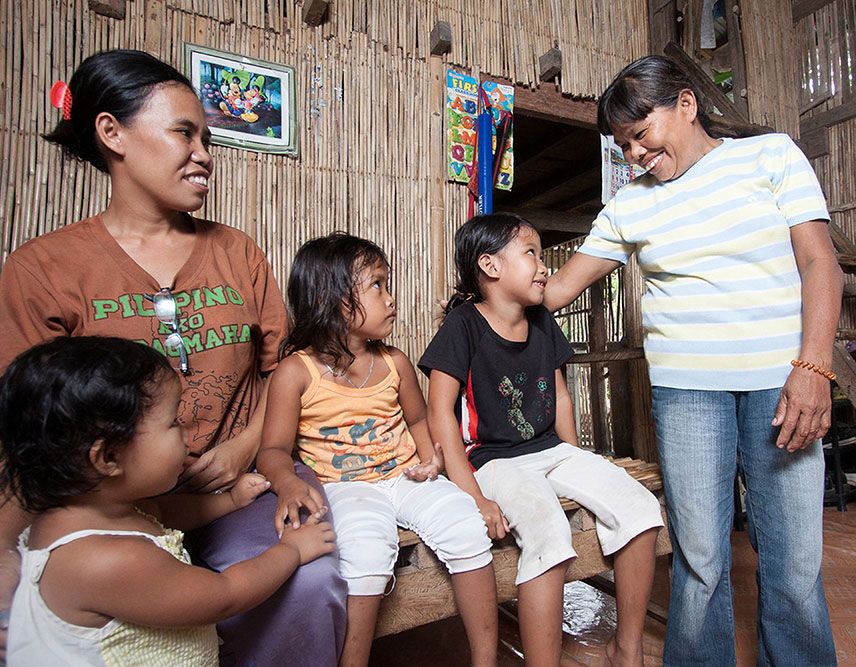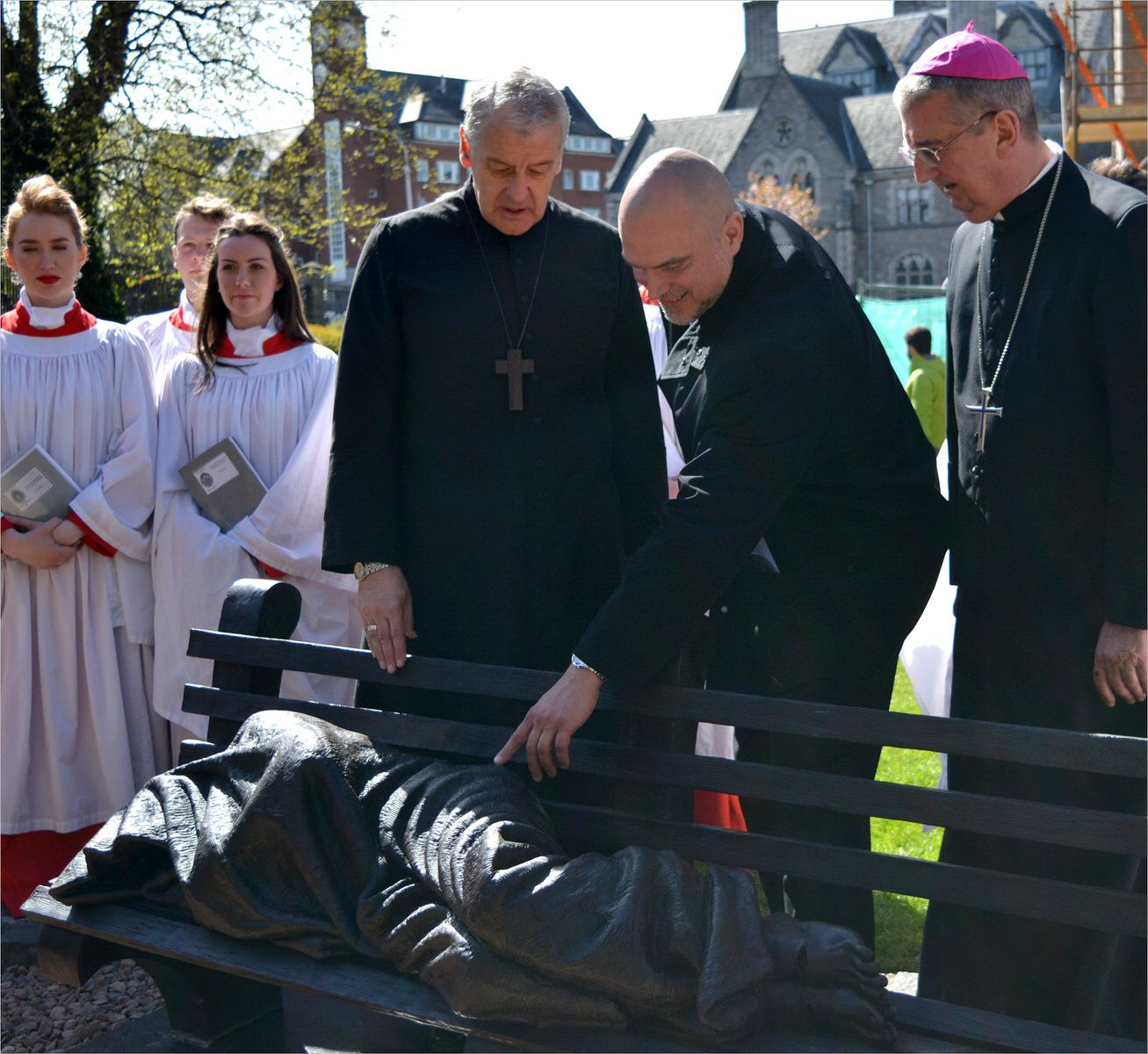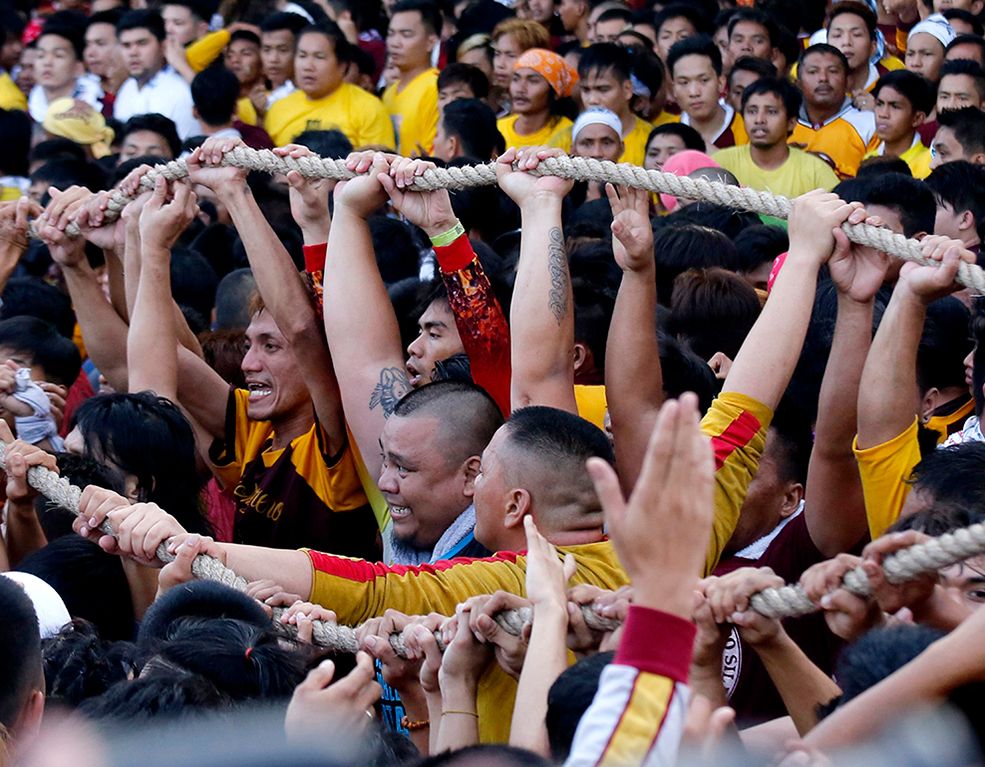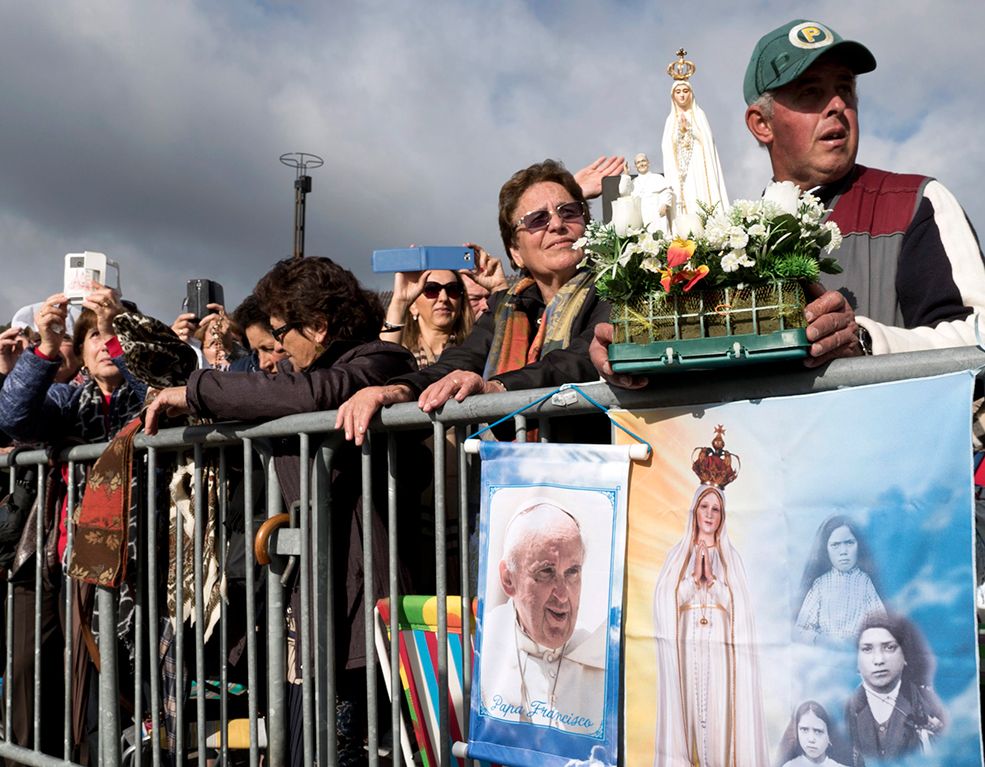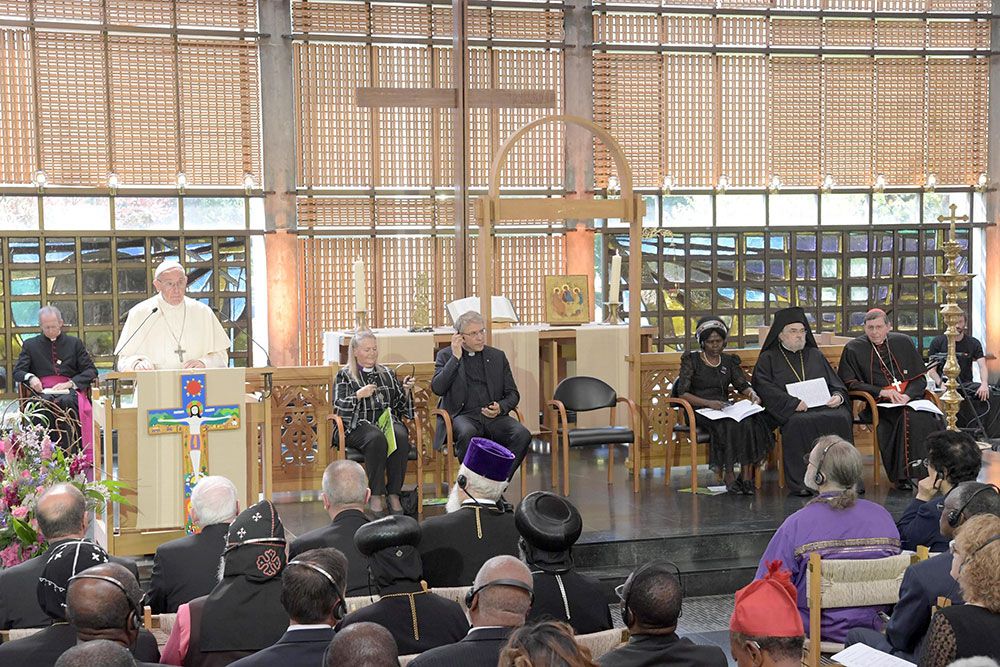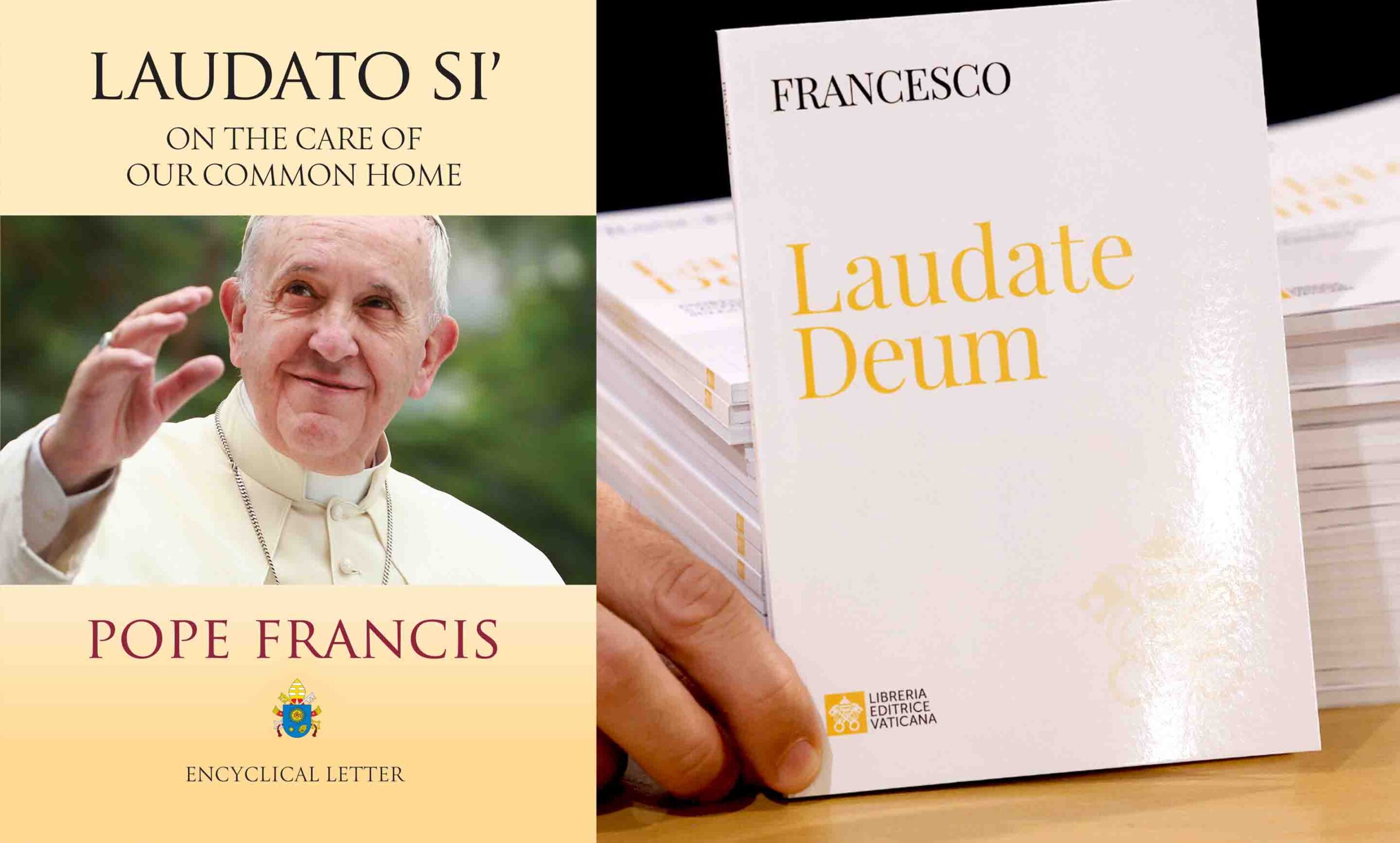In Quezon City, Archie, a former Communist Party of the Philippines New People’s Army combatant, supplements his income by selling Black Widows, a copy of the Derringer pistol made of high-end T2 aluminum that is half the length of a man’s palm. His source: a moonlighting policeman who gets his supply from Danao City in Central Philippines and passes it on to Archie at US$55. The gun sells like hotcakes at thrice that price in Metro Manila. Taxi drivers, arming themselves against robbers, are the usual customers.
Meanwhile, in the uplands of Danao City, 63-year old Santoy, his son, and grandson gingerly craft barrels, triggers and bolts of homemade caliber 45 pistols and shotguns. Since 1968, Santoy has been making guns, a primary source of income for him in the absence of any other opportunity for ironsmiths in the area. Santoy is just one among 500 craftsmen, with skills inherited from three preceding generations, who have resorted to gun-making for livelihood.
Financiers provide the ironsmiths with the raw materials and production equipment, and pay them on a per unit basis. A semi-finished caliber 45 retails at about US$45, for example. The financiers then sell the units to consolidators at US$375. In turn, the consolidators sell them in bulk at US$510 per unit to a host of buyers. Demand for these guns reaches its peak before elections. When there are no elections, buyers range from low-income groups, policemen, insurgents and security agencies.
ILLEGAL GUNS BAZAAR
No one exactly knows the extent of illegal gun production in Danao. One can only surmise, based on the number of Danao-made guns used by criminal gangs, political warlords, and rebels, as seized by authorities or disclosed by financiers themselves. In May 2013, for example, Elias, a 62-year old financier, recounted his transaction with two clients: a manager of a security agency who asked him to repair 40 handguns, and a broker for a political warlord in Mindanao who wanted to buy 200 sub-machine guns. Elias revealed that Danao-made guns are preferred over most foreign brands mainly because they are 50 to 70% cheaper.
To be sure, Danao occupies a niche in illegal gun production. However, it is probably just a small contributor to the supply side of the illicit trade. The growth of the gun market in the country is a confluence of domestic production, both legal and illegal, as well as the importation and recycling of old inventories. Since the country’s liberation in 1945, the influx of loose firearms served as the rationale for civilian demand for self-protection. Over time, the licit and illicit trade in firearms co-existed, thrived, and mutually influenced the liberal legal and regulatory framework on guns.
THE THIN LINE
There is a parasitic relationship between legal and illegal gun trade where state officials are involved in subverting state regulation or where regulation itself creates incentives for the illicit trade. One glaring example is the “complicity of Customs officials in the smuggling of guns.” While many believe that guns are traded through old-style, backdoor transfers, gun smuggling actually stares regulatory agencies in the face. Import data from the U.N. Commission on Trade indicate a huge discrepancy between reports by the Philippine Customs and exporting countries. From 2000 to 2010, such discrepancies amounted to 26,969 units worth around US$ 54.04 million.
Unfortunately, this delicate line between the legal and the illegal has enabled the transmutation of firearms from illegal to legal and vice versa. Among the many ways of legalizing illegal firearms is through amnesties. As part of its annual verification program, the Philippine National Police (PNP) conducted house visitations of licensed gun holders in early 2013. The visitations revealed that: (a) 71,438 owners have addresses that cannot be located; (b) 74,250 transferred residences; (c) 4,293 denied ownership of the firearm; (d) 7,365 registered using fictitious names; (e) 18,178 sold their firearm without transferring the license to the buyer; and, (f) 23,492 declared loss of the firearm. Only 21% of those visited were able to renew their license without any problem.
Aside from the guns that were unaccounted for during these visitations, the whereabouts of “firearm(s) whose license and registration has(ve) expired or a firearm(s) that has(ve) never been registered” will never be traced. Unless surrendered, confiscated or voluntarily registered, the number of these guns will never be known.
In addition to loose firearms that are unaccounted for, the weak enforcement of gun control laws adds to the problem. Currently, almost half of the 1.6 million registered firearms are moving towards the loose category, due to the failure of most owners to re-register. If unaddressed, this will add up to an estimated 1.9 million illicit firearms. Exacerbating this problem is the absence of an operating unit under the PNP that will effectively control the ballooning number of illegal guns. Although there is a Firearms and Explosives Office (FEO), it only has an administrative reach that extends only up to the regional offices.
LAWS THROUGH THE YEARS
An essential element of a stable state is the monopoly of coercive authority, which, unfortunately, the Philippine government does not have. With close to 4 million firearms in their possession, civilians alarmingly outgun state security forces, which only have 261,602 guns based on FEO records.
The government has always connected loose firearms with threats to peace and national security. However, its attitude towards the problem has been ambivalent. Since 1945, the government has enacted a gamut of policies to control the escalation of illegal firearms including (a) an increase in penalties; (b) amnesties; and, (c) buy-back schemes. Such policies were implemented despite the lack of resources and persuasion mechanisms to entice gun holders to surrender loose firearms as well as the absence of facilities for decommissioning.
Only during the Martial Law era, from 1972 to 1981, was the state able to re-emphasize its monopoly of the use of force, by ordering the arrest of any person for possession and carrying a firearm without authorization, restricting firearm possession only to members of the Armed Forces, the Police and Security Agencies, as well as raising the penalty for illegal possession to life imprisonment or death. In effect, almost half a million loose firearms were confiscated because of the implementation of these strict rules. In the 1980’s, however, the government reverted to a policy of enticement through restoring amnesty periods and enabling license acquisitions/buy-back schemes.
To codify all laws on firearms, ammunition and explosives, the Marcos government issued Presidential Decree 1866 in 1983. The same law also imposed the penalty of death for illegal possession of firearms in the commission of murder or homicide or furtherance of insurrection, subversion or rebellion.
After the fall of the Marcos regime, one of the first acts of the Corazon Aquino administration was Executive Order (EO) 107 that offered a 6-month amnesty period to loose firearm owners. This EO explicitly emphasized the necessity of a liberal scheme on the assumption that the majority of the owners of loose firearms were not using the same for the commission of any offense. Only in 1990 did the Aquino government shift to a hardline stance with the issuance of the Presidential National Emergency Memorandum Order No.6 that cancelled all licenses of firearms.
Meanwhile, the Ramos administration issued three amnesty orders: EO 122 (1993), E.O. 122-A (1993), and, EO 122-B (1994), offering wide amnesty periods for both unregistered and unlicensed firearms. The Arroyo administration also issued amnesty orders, namely: (a) EO 171 (2003); (b) EO 390 (2004); (c) EO 585 (2006); and, (d) EO 817 (2009).
In May 2013, President Benigno Aquino III approved a new law: the Comprehensive Firearms and Ammunition Regulation Act, an even more liberal law that encourages “qualified” individuals and juridical entities to own from two firearms to more than 15 firearms. The basic requirement for qualification is age, income and profession. The law also provides a “final general amnesty” that will allow gun owners to retain ownership of high-powered firearms.
Ironically, the almost dozen amnesties since the 1980’s failed to curb the proliferation of loose firearms. Neither has the leniency extended by the government enticed gun owners to surrender loose firearms or to acquire a license and get the gun registered. From a 1993 baseline of 328,322, the volume of licensed firearms has grown to 929,034 by 2010, and 1.69 million by October 2013. Sixty-five percent of licensed firearms are in the hands of individuals and another 35% are in the hands of juridical entities. Also, as of October 2013, the licenses of 597,707 firearms would have expired and now fall under the category of loose firearms. All in all, the bulk of loose firearms consists of firearms with expired or unrenewed licenses (50.3%, with 38.8% from Metro Manila), unregistered firearms (47.6%), those possessed by threat groups (15,676 firearms) and crime groups (5,762 firearms).
While the existing structure and functions of the FEO may be adequate to administer and regulate the behavior of compliant citizens and entities, there is no purposive structure and mechanism designed to pursue the elimination of illicit firearms. Even under the Department of the Interior and Local Government Act of 1990, which mandated the organization of the FEO, there are no provisions that would establish an operating unit in-charge of systematically controlling the increasing number of illicit firearms.
In terms of policy settings, the liberal framework on civilian ownership of guns and the leniency towards non-compliant citizens and entities have fallen short of their objectives of curbing the proliferation of loose firearms and preventing the diversion of legal supply to the shadow economy. The weakness of the policy framework is also reinforced by the lack of a focal structure and mechanism that focuses on illegal and prohibited firearms and explosives.
AN UNYIELDING STATE
The state’s monopoly of coercion has been threatened by the proliferation of illicit firearms that it seeks to control. This is largely due to institutional flaws and regulatory weaknesses. The same damage has left unhindered the reproduction of shadow structures that nurture the persistence of the illicit trade in firearms. The loss of the protective capacity of the state has multiplied the spaces for the illicit markets that have induced citizens to individually invest in firearms as a means for protection.
There is a need to restore the state’s monopoly of the legitimate use of force and limit the space for the exertion of coercion and/or possession of the means of coercion. This requires a stronger push against non-compliant actors of the trade in firearms and, on the other hand, strengthening the protective capacity of the state and reinforcing the predictable realms of behavior of compliant citizens.
In addition, an effective and realistic gun policy is important in reinforcing the state’s ability to negotiate peace with rebel groups and insurgents and demonstrate its protective capacity. The state will not have enough leverage to negotiate terms of normalization and decommissioning of rebel weapons if, in parallel, it promotes a liberal gun policy that allows political elites to maintain armed groups or rebel groups to hide behind the façade of registered juridical entities to accumulate guns. The state needs to reconsider the ‘legal firearms versus loose firearms’ approach to citizen’s demand for security and protection.
The government peace panel recently signed the “Annex on Normalization” with the Moro Islamic Liberation Front (MILF). The deal is a promising starting point, but the government needs to undertake parallel steps with regard to other non-state armed groups, crime organizations and political warlords. There has to be a programmatic campaign to eliminate illegal firearms and the immediate confiscation of high-powered firearms. The state has to have the means to undertake the following measures:
– Limiting civilian access to handguns/small arms;
– Prohibiting gun dealers from selling high-powered firearms to civilians except authorized agents of the law and security agencies;
– Programmed, budgeted, decentralized and open decommissioning of confiscated firearms;
– Extending the outreach of the CSG and the FEO up to the provincial level, including establishment of FEO storage facilities at the provincial level;
– Arriving at political settlements with armed communities that are willing to assist the government in the provision of security and protection under the supervision of the PNP; and,
– Strengthening the coordination between the Philippine Customs and the P.N.P. in the country’s major international ports to prevent smuggling of firearms.
The above requires legislative action, specifically towards amending the new gun law (RA 10591) and the law reorganizing the PNP (RA 6975) as well as accession to international norms in reporting, marking and tracing of small arms.
In his study inside a sprawling property at Valley Golf Club in Antipolo, east of Manila, Nandy Pacheco, founder of the Philippines’ “Gunless Society,” has been compiling news clippings about gun-related crimes since 1985. Despite his age and a seemingly quixotic advocacy given the number of clippings he has collected over the years, Nandy remains optimistic that someday, something will change. His motto has always been “People don’t kill, guns do.” “A gunless society might only be a dream, but gun control is doable,” he says.
* Ed Quitoriano is an independent conflict analyst and risk management consultant. He currently works as Consultant to the International Alert Philippines – Myanmar Program and the GIZ COSERAM Program in Caraga Region, Philippines.




